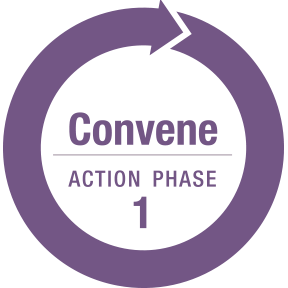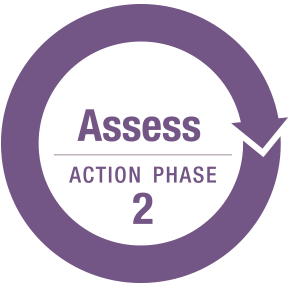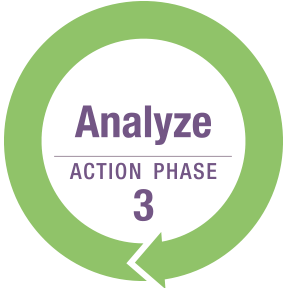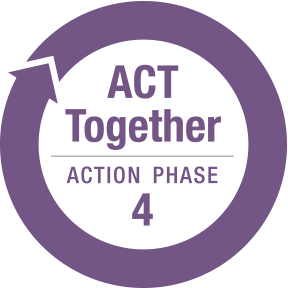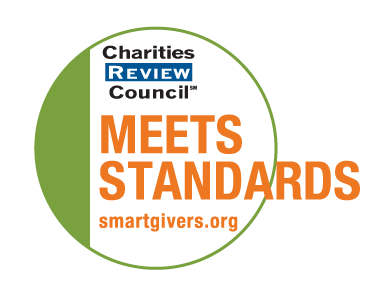Analyze the community assessment findings and determine action priorities for your community. This phase consists of three key steps.
Step 1: Prepare to Analyze the Assessment Findings
The community assessment team lead and data entry person should revisit the assessment instructions and data collection tools (described in Step 2).
Collect and review all completed questionnaires. Make sure each one has a unique code, using the sector abbreviation and a number. For example, clinic questionnaires would be C1 for the first interviewee, C2 for the second, etc. Sort by sectors and count totals.
Tools for Step 1
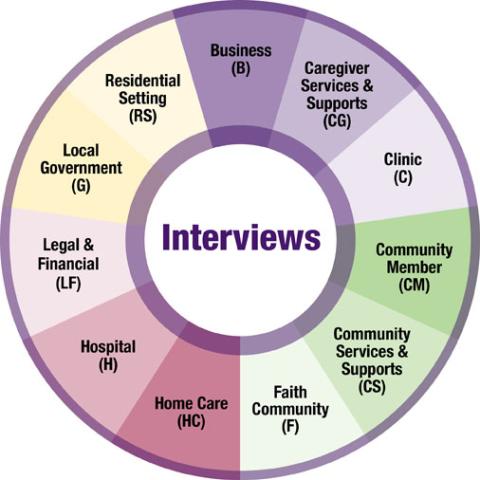
Step 2: Compile the Collected Data
Download and save a copy of each data collection tool below. Use these tools to enter data and findings from the completed questionnaires. If there are data gaps, conduct more interviews and complete the related questionnaires.
For questions with answers like “yes/no” or “check all that apply,” tally the number of responses for each answer option and input them into the Community Needs Assessment. Transfer inventory responses into the Assessment as well.

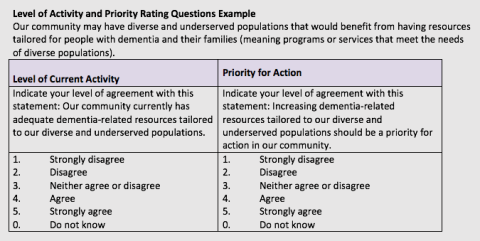
For opinion questions, plot the level of activity and priority rating responses on the corresponding matrix worksheets. As a guide, view the toolkit video How to Use the Visual Matrices to Set Priorities.
The completed questionnaires include an open-ended question about community strengths and gaps concerning dementia, as well as a question about referrals. Document responses in the corresponding worksheets.
The completed questionnaires include an open-ended question about community strengths and gaps concerning dementia, as well as a question about referrals. Document responses in the corresponding worksheets.


The completed questionnaires have three questions about interest in the dementia-friendly community work. Document responses in the List of Contacts Worksheet.
Tools for Step 2

Community Needs Assessment
Matrix Worksheets => zip file
Community Strengths Worksheet - Question 2
Community Gaps Worksheet - Question 3
Referrals Worksheet - Question 4
List of Contacts Worksheet
Step 3: Analyze the Data
When all data is compiled into the data collection tools and worksheets, a subgroup (2-3 people) of the Action Team needs to analyze the data and identify the top priorities in your community.
Determine your community’s strengths (high level of activity) and gaps/opportunities (low level of activity) for each key area. View the toolkit video How to Use the Visual Matrices to Set Priorities for guidance. Summarize activity/priority findings from each matrix in the Priority Rating Worksheet.
Use responses from the open-ended questions to identify themes and compare these themes with what the team has identified as high priority and low level of activity.
Share high-level results with the full Action Team rather than the detailed worksheets.
Use the Questions for Reflective Team Discussion tool to facilitate discussion of the assessment results and to identify dementia-friendly priorities for your community.
Communications Tips

Share the findings about diverse and underserved communities and the resources available with both people and organizations serving these communities.
Tools for Step 3
Would you like to learn from the experience of others?
More than 60 communities have used the Dementia Friendly Toolkit in their communities and have completed evaluations. We are happy to make them available to you upon request.
The Dementia-Friendly Communities Toolkit is informed by research and is flexible and adaptable to a community’s needs. The University of Minnesota Extension Center for Community Vitality was a key resources for creating the toolkit and continues to be a valuable source for information and support.
The ACT on Alzheimer's® Dementia Friendly Communities Toolkit, provider practice tools, dementia training, and related resources may be reproduced, adapted, or both when these restrictions are followed:
- Acknowledgment of ACT on Alzheimer's must appear in print and online. Use this citation: Reproduced (or Adapted) from ACT on Alzheimer's® developed tools and resources.
- ACT on Alzheimer's® developed tools and resources cannot be sold in their original form or in a modified/adapted form.




